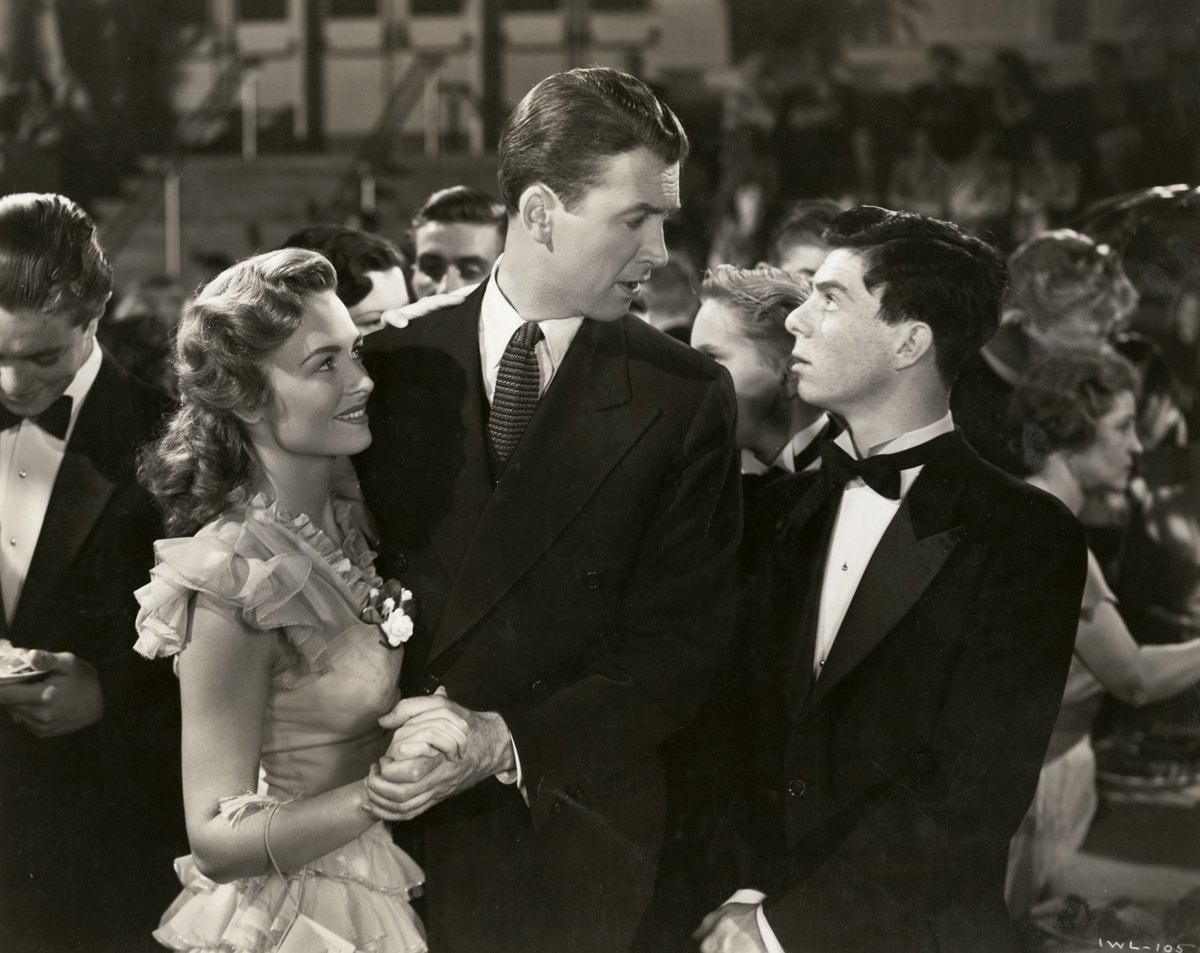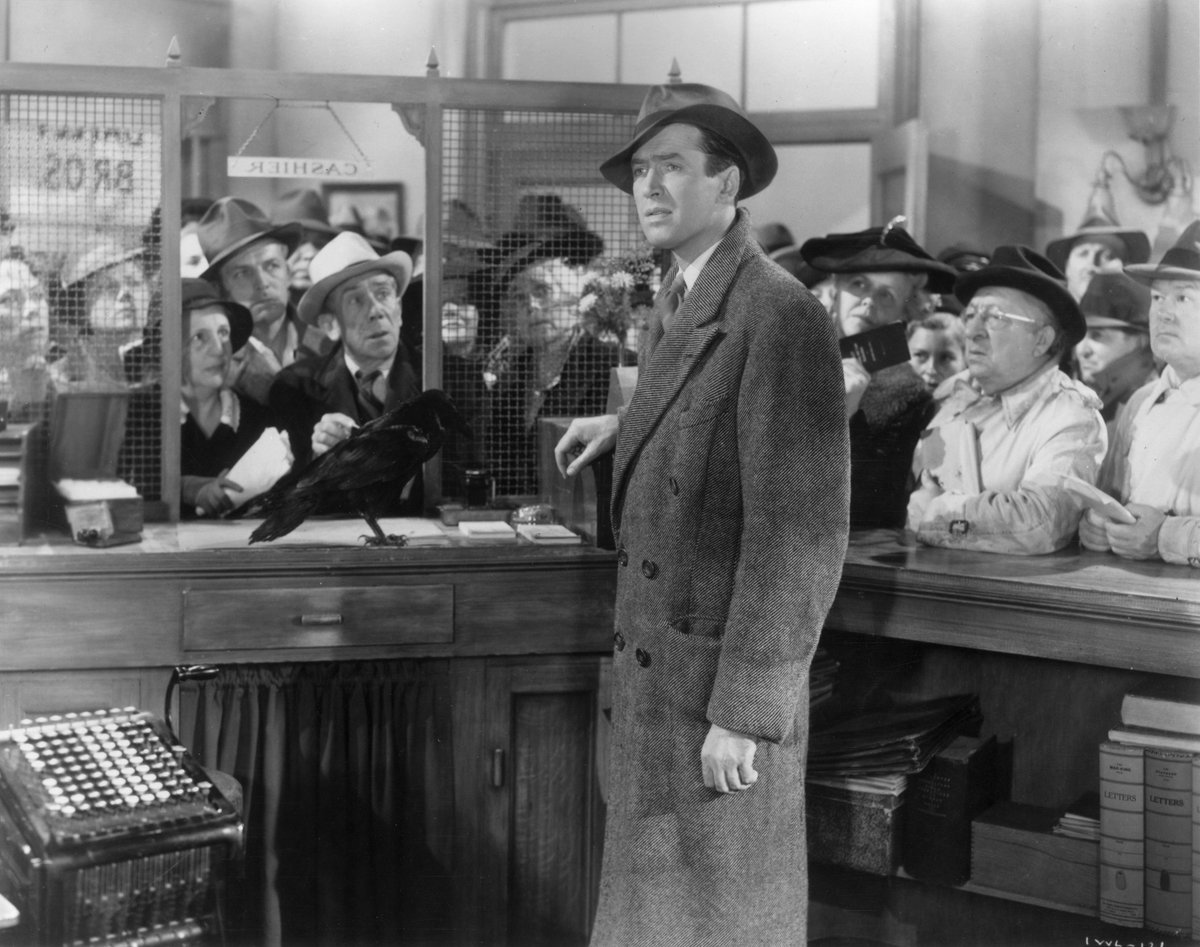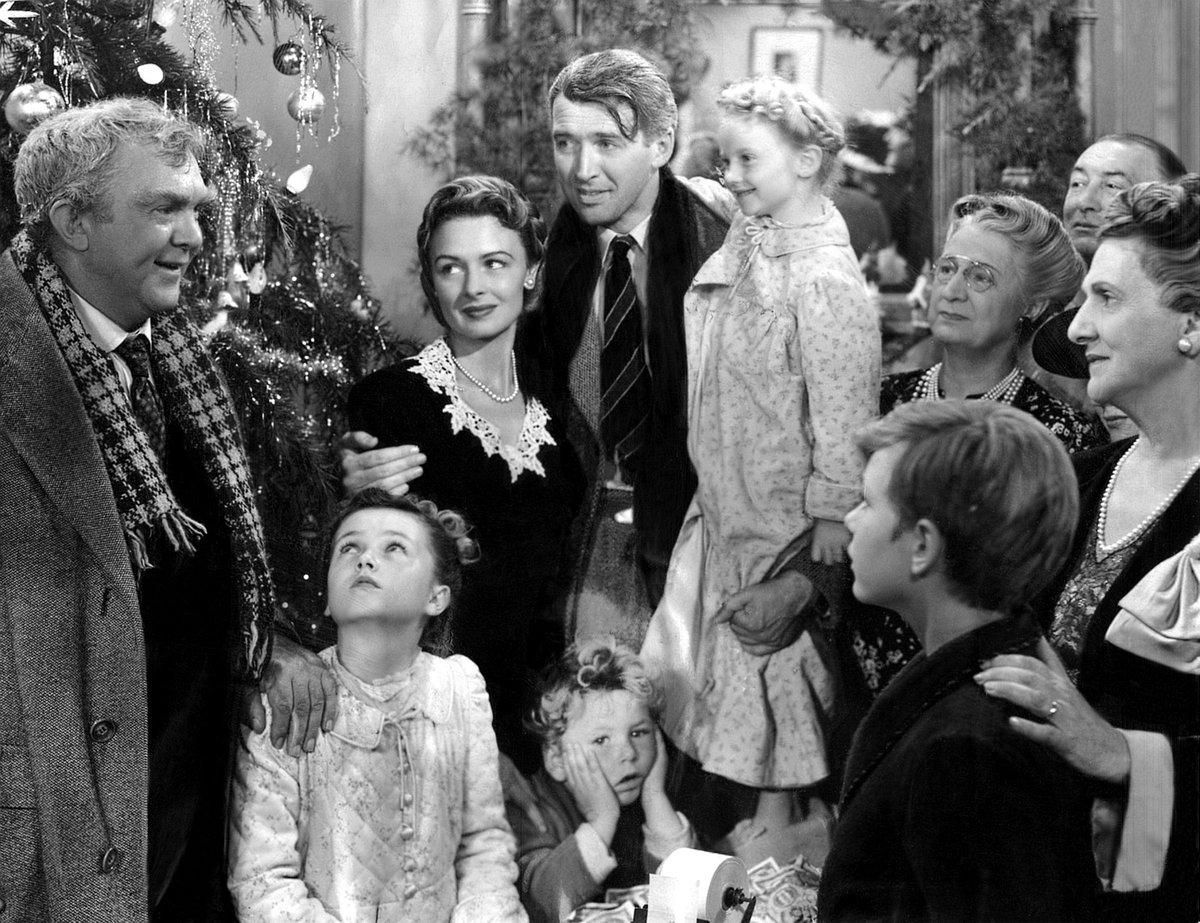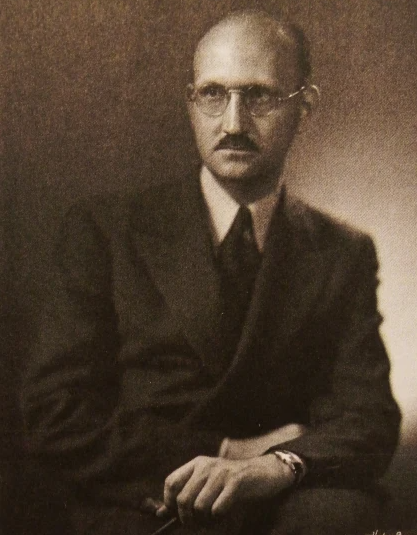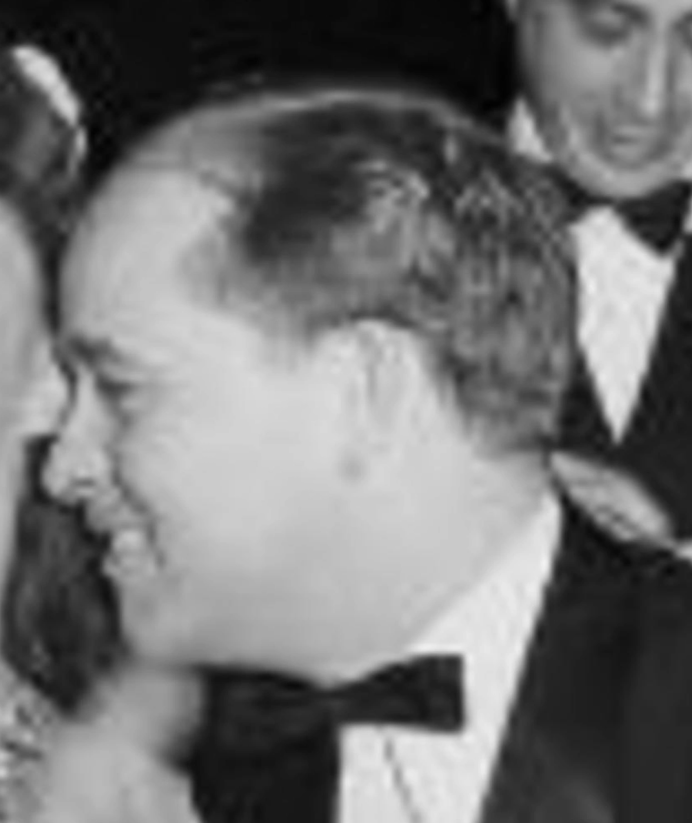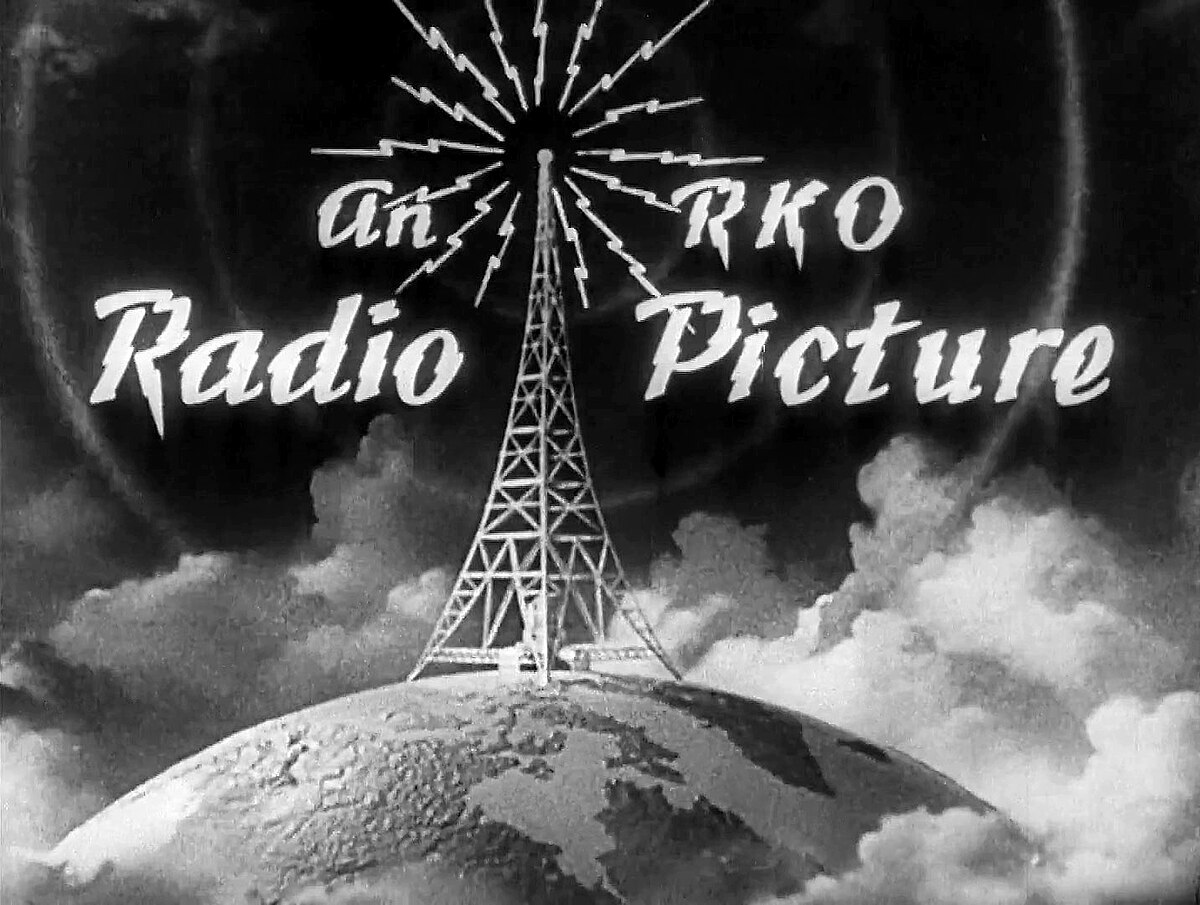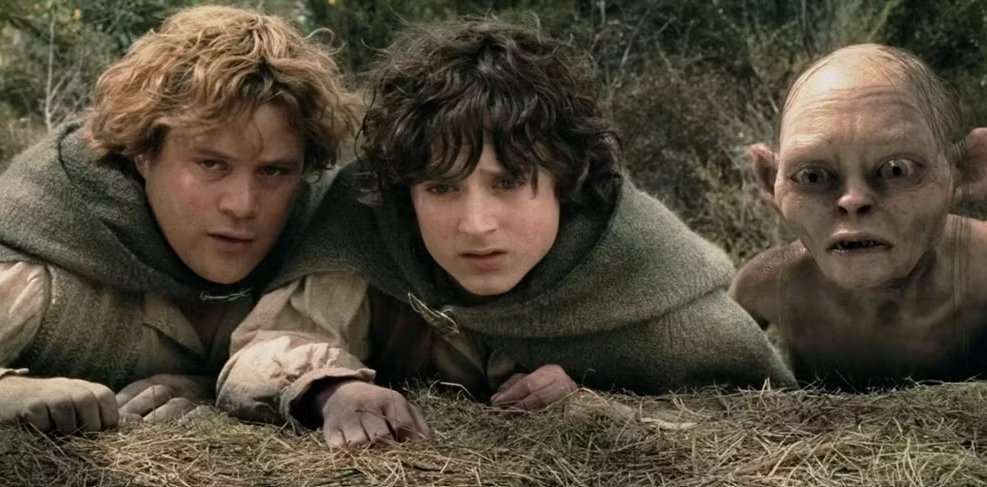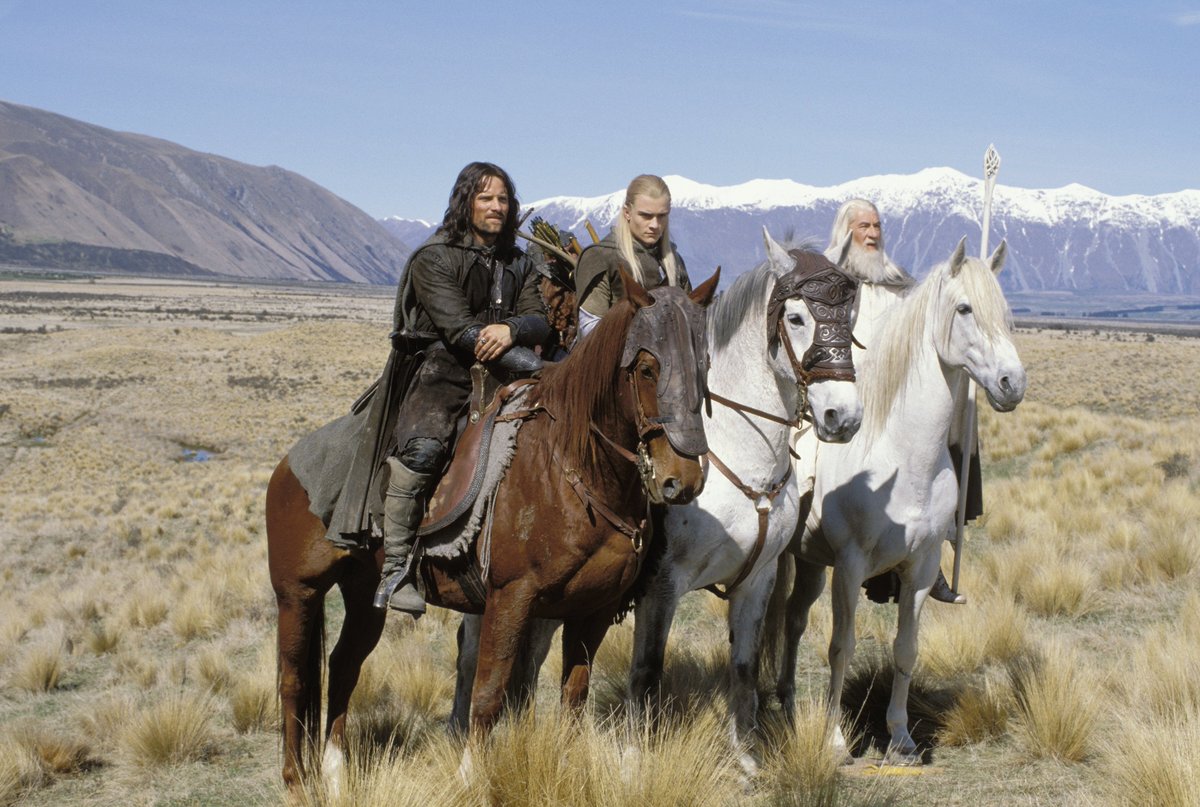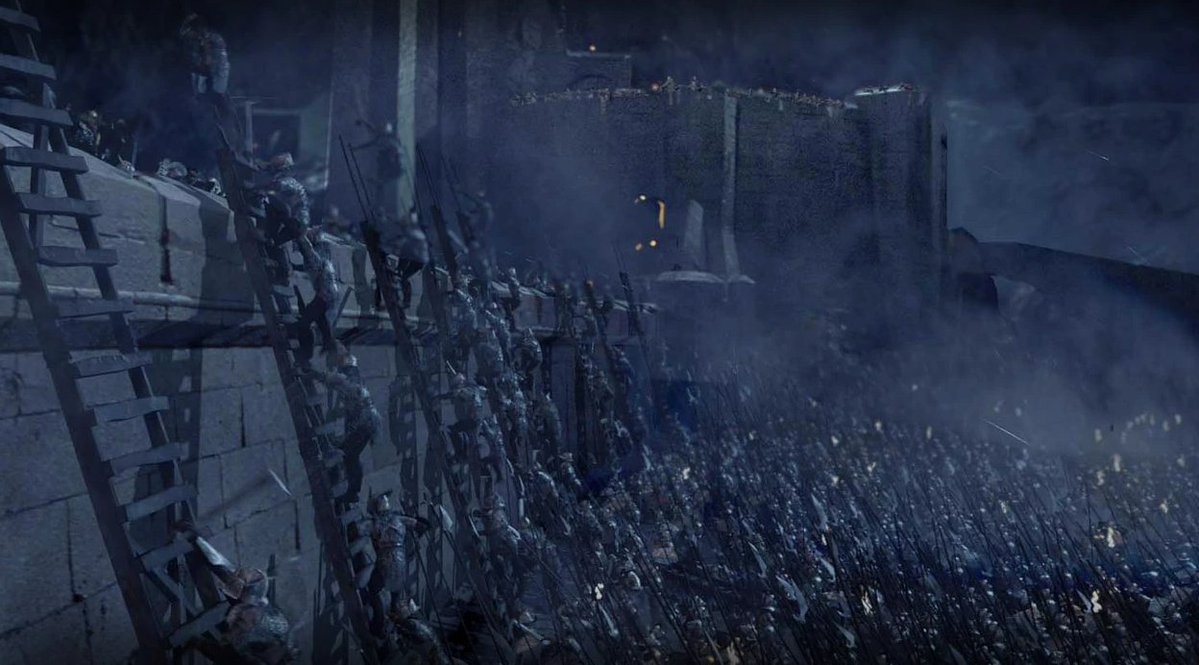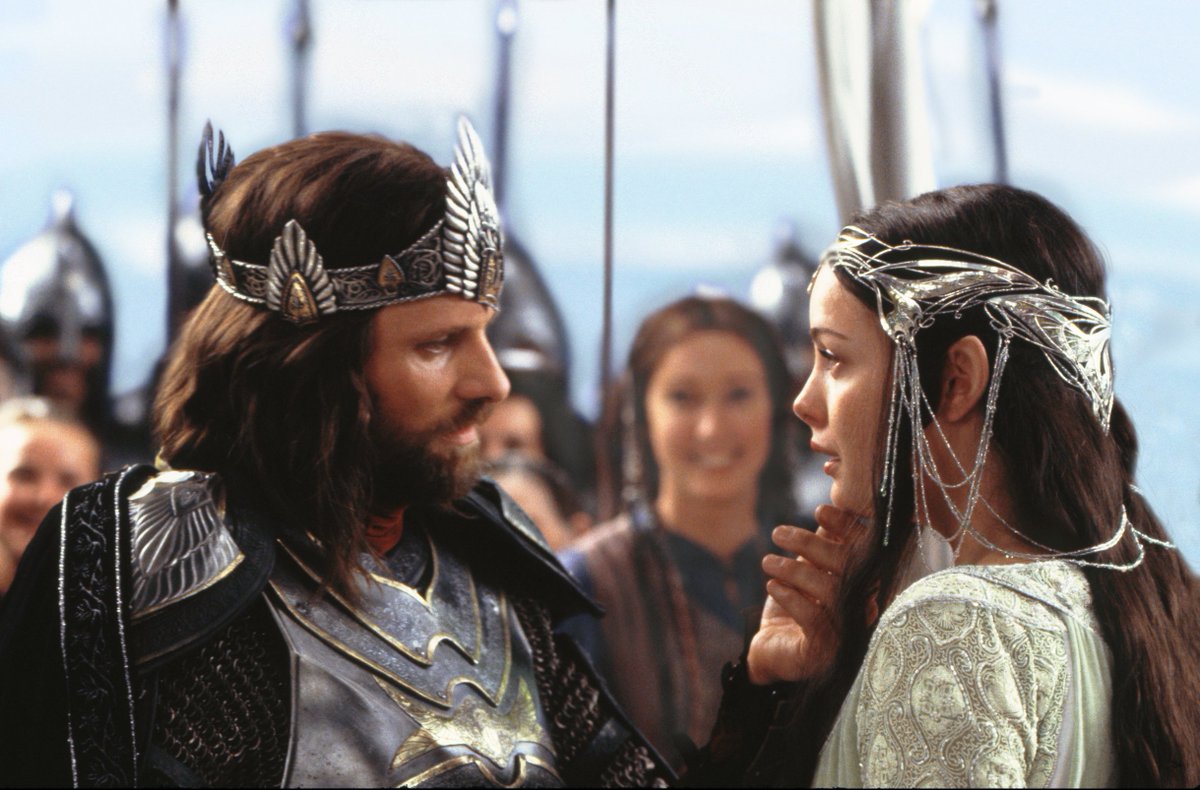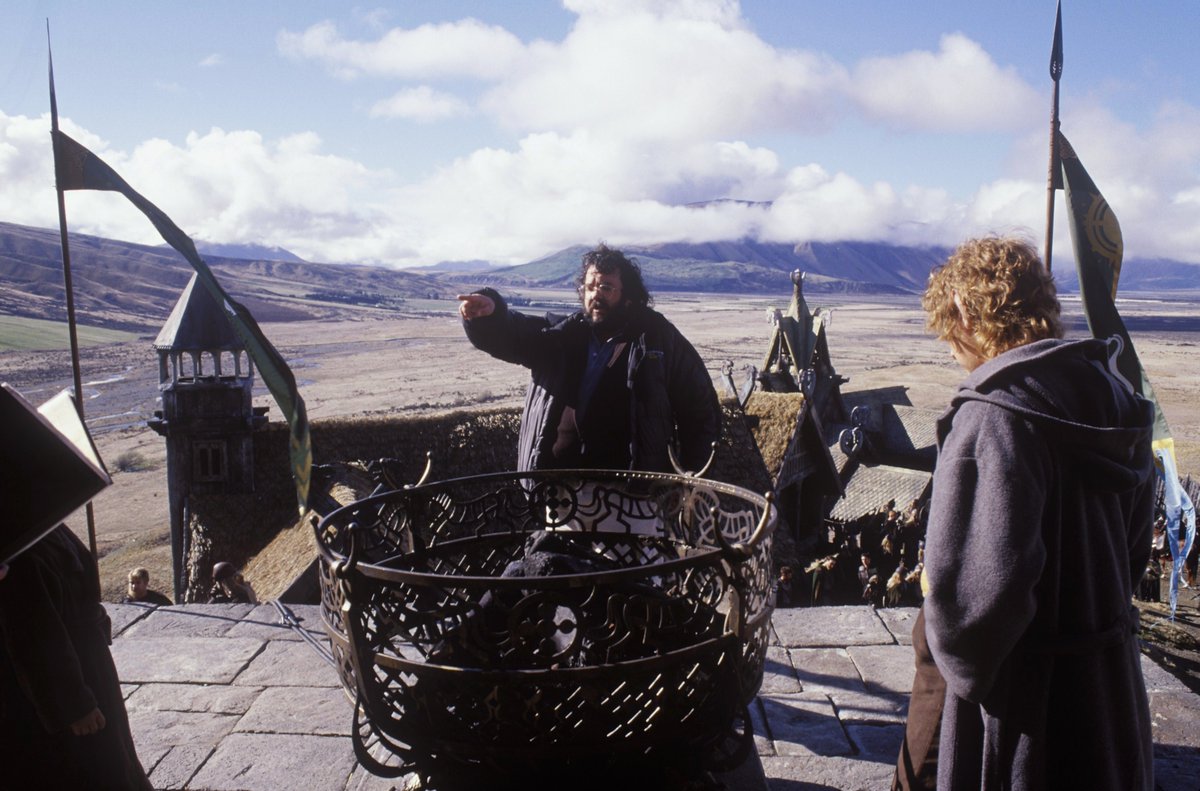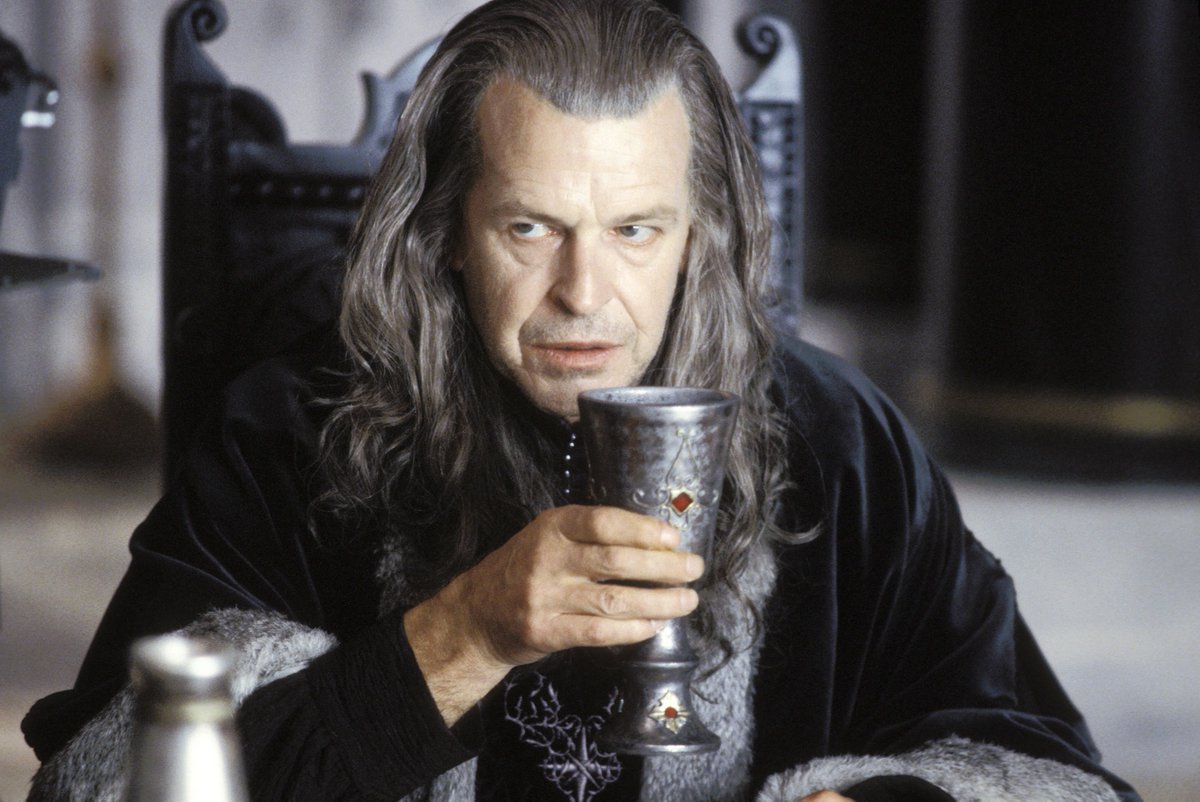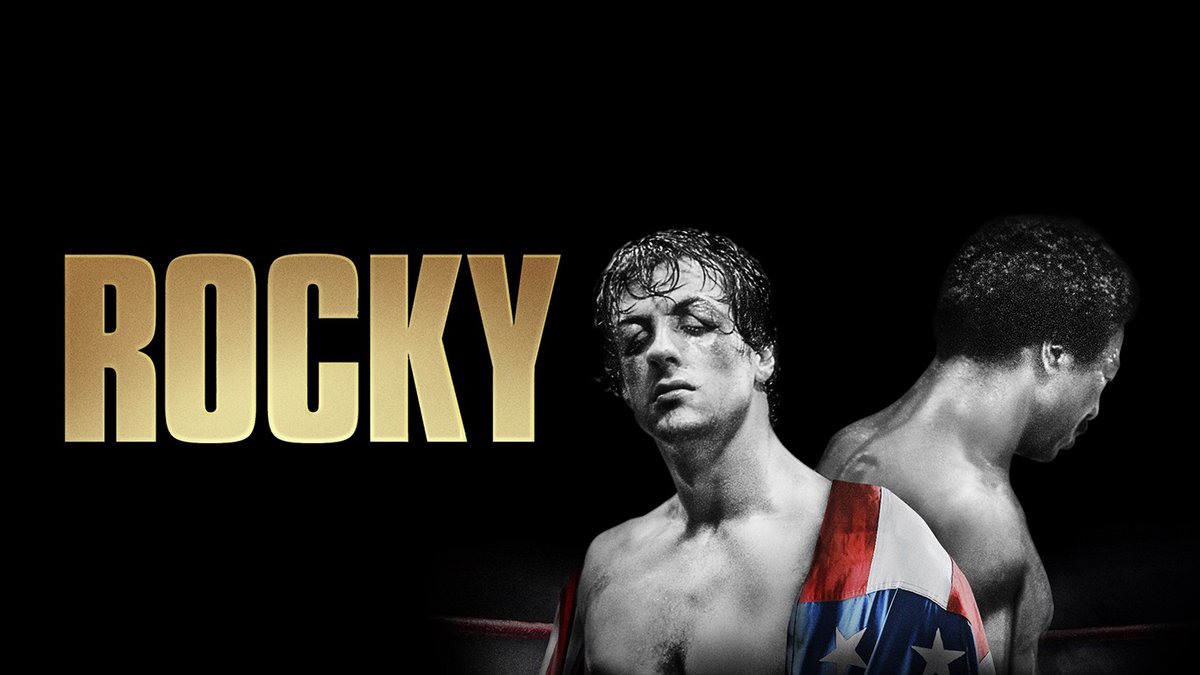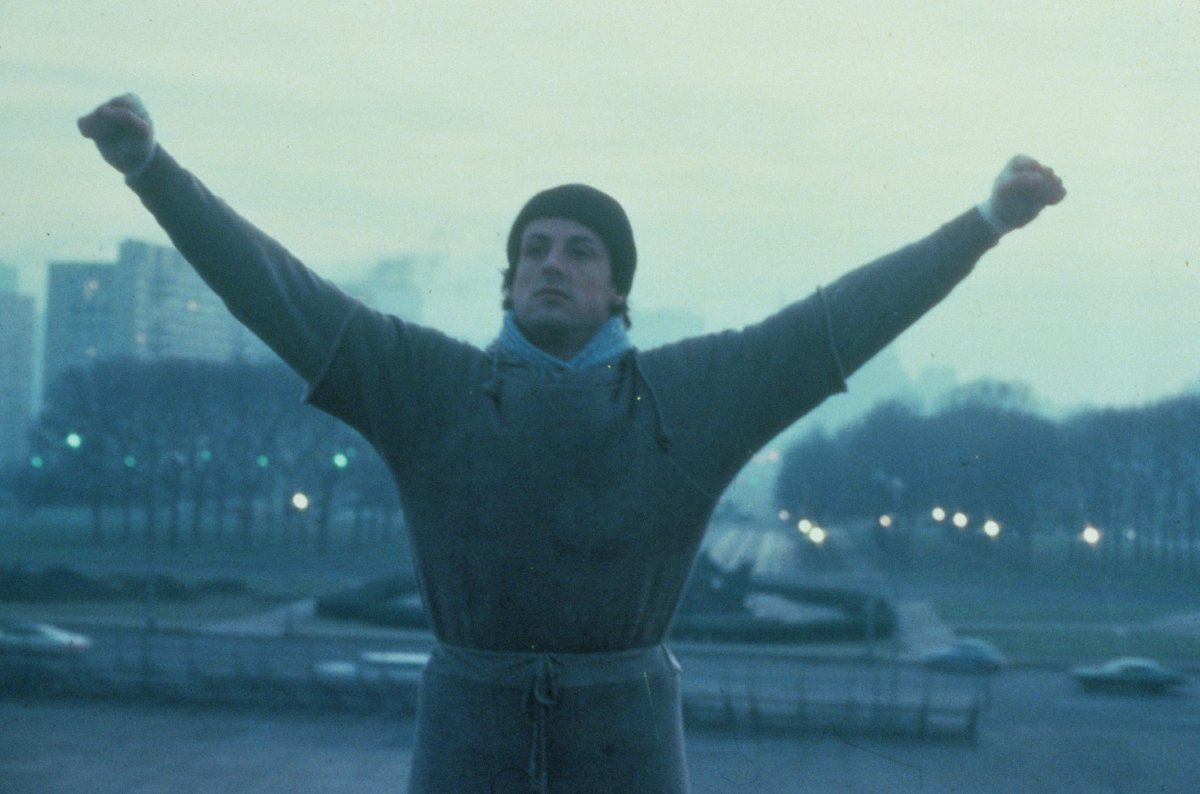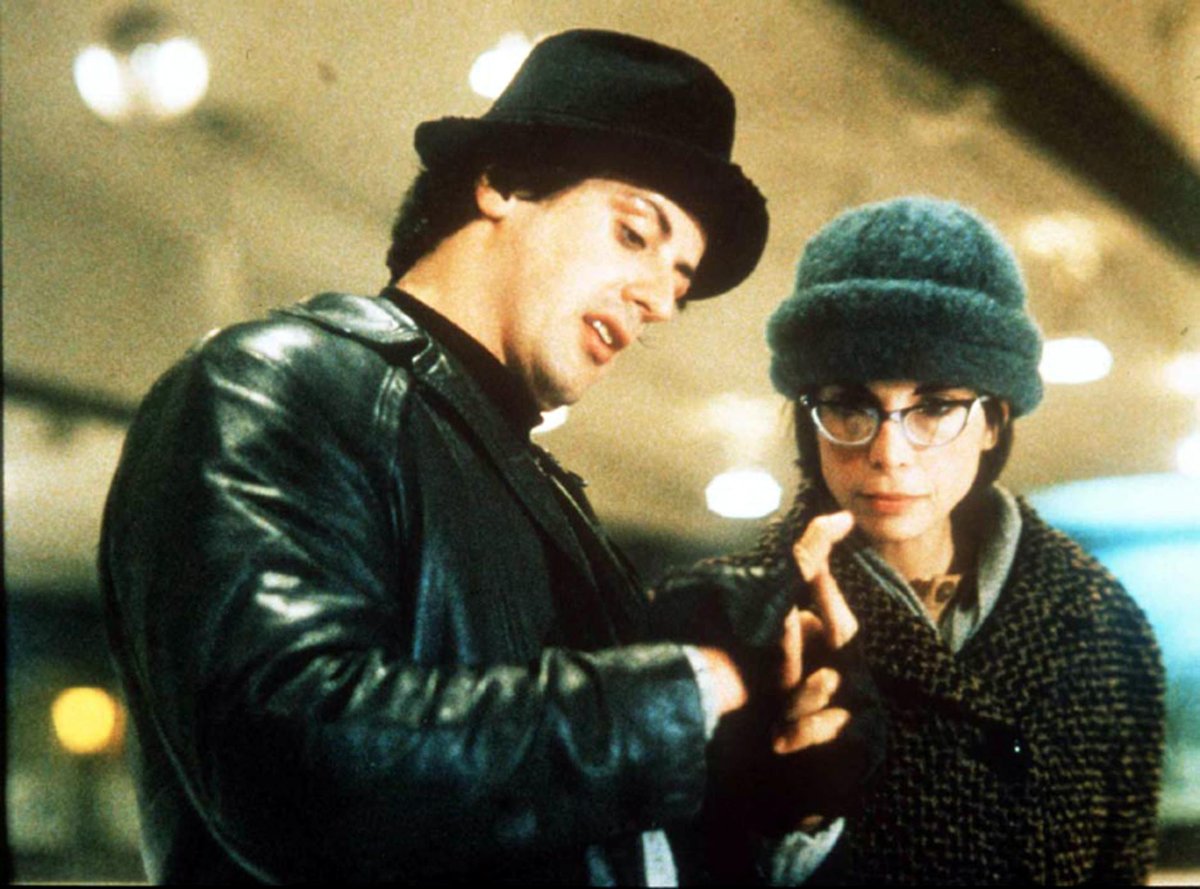CROUCHING TIGER, HIDDEN DRAGON was released 23 years ago today. One of the most popular and most successful foreign language films in western culture, the story of how it came to be is as extraordinary as its action scenes…
A THREAD
1/28




A THREAD
1/28




The Crane Iron Pentalogy is a series of 5 novels published in the 1930s and 1940s by acclaimed wuxia novelist Wang Dulu. The 4thbook in the series was called Crouching Tiger, Hidden Dragon.
2/28


2/28

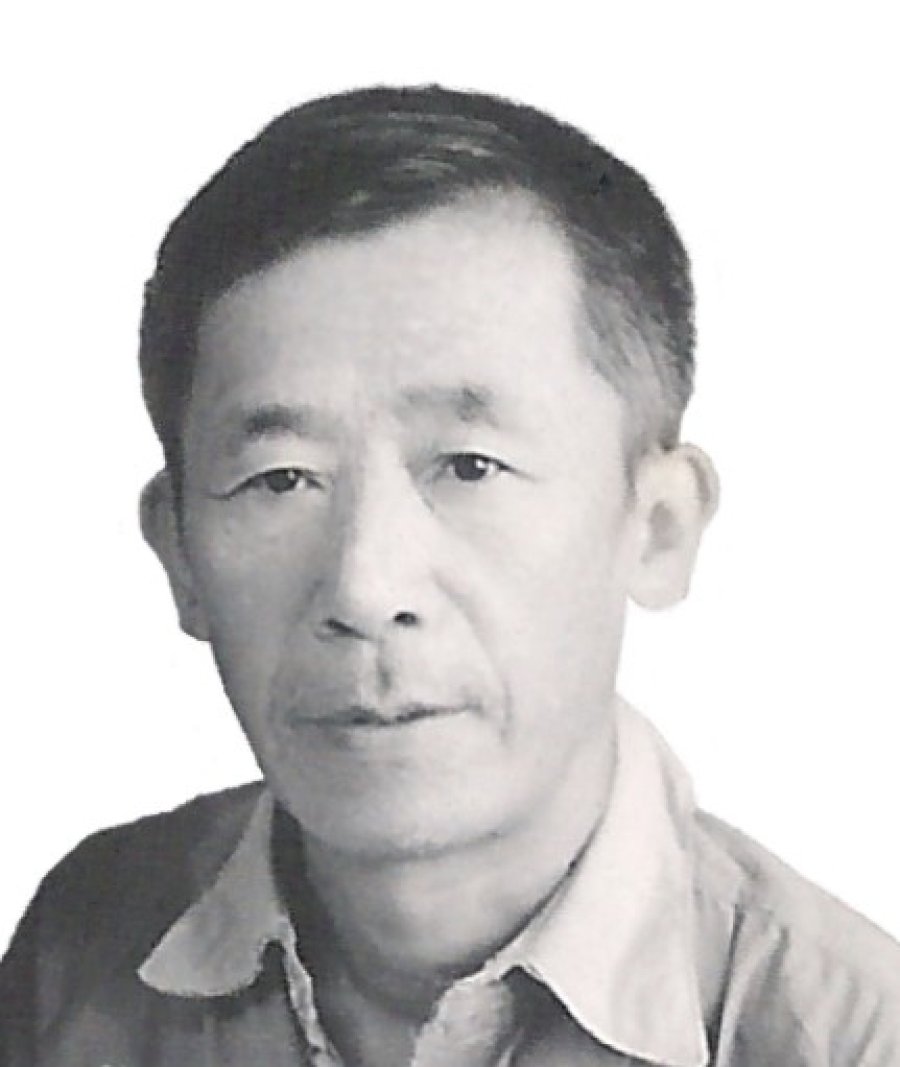
Director Ang Lee loved the book and took it to producer Hsu Li-kong and Columbia Pictures with the idea to adapt it. Columbia agreed, on condition that the $6m budget was recouped 6 times over before the filmmakers saw any dividends.
3/28



3/28



Lee had worked with writer/producer James Schamus on 4 previous films, including Eat Drink Man Woman and Sense and Sensibility, and brought him in to adapt the novel to a screenplay.
4/28



4/28



Lee’s first choice to play Jen Yu was Taiwanese actress Shu Qi. She turned him down in order to make a Pepsi ad. She later called herself “lazy” for turning the role down and said she did the ad on advice from her agent, who she replaced.
5/28


5/28


As such, Lee turned to the young (and relatively unknown) Zhang Ziyi to play Jen Yu. He didn’t even watch any of her previous films as he though she had “cinematic charisma.” The film catapulted her career and launched her as a global star.
6/28




6/28




Lee always wanted acclaimed Malaysian actress Michelle Yeoh to play one of the main characters in Yu Shu Lien. Lee pitched the film to Yeoh by describing it as “Sense and Sensibility with martial arts.” Yeoh loved the sound of it, and signed on.
7/28
7/28
To prepare for the film, Yeoh cleared her schedule for 1 whole year before production began. She spent this time training for the martial arts scenes and learning Mandarin.
8/28




8/28




Martial arts icon Jet Li was originally cast to play male lead Li Mu Bai but then left production to appear in Romeo Must Die. Lee offered the part to Hong Kong singer/actor Leon Lai, but he also turned it down.
9/28



9/28



Lee then turned to Hong Kong star Chow Yun Fat. He was more used to John Woo action films like Hard Boiled, but accepted on condition that a computer mock up was made so he could see what he would look like as a bald man.
10/28


10/28


The main actors spoke Mandarin but with different accents. Chow Yun-Fat had to do 28 takes of his first scene because of difficulty with Mandarin and the script had to be re-written phonetically so he and Yeoh could pronounce it correctly.
11/28


11/28


Lee wanted Jen Yu to move gracefully and Zhang Ziyi had no martial arts training. She was a trained and highly skilled dancer and, instead, used those techniques to learn and perform the complex choreography. She also studied advanced calligraphy for several months.
12/28


12/28


Yeoh tore her anterior cruciate ligament filming a fighting sequence and had to be flown to the U.S. for knee surgery. She returned to the set at different times to film non-action scenes until her knee had recovered, though this delayed production.
13/28


13/28


"Crouching tiger hidden dragon" is a quote from ancient Chinese poet Yu Xin. It means to hide your strength from others. The literal translation is more like: “Behind the rock in the dark a tiger is hiding, and the coiling giant root resembles a crouching dragon.”
14/28


14/28


James Schamus had never written a martial arts movie so bowed to others’ expertise. Instead, he wrote in the script: "You will note that none of the fight scenes are described. I will inform you now they will be the greatest fight scenes in the history of cinema. Period.”
15/28




15/28




To match this expectation, fight choreographer Woo-Ping Yuen was hired. Yuen started his career with kung fu films from the 1970s like The Bloody Fist and Drunken Master. Lee later said he was grateful Yuen “let him into his world of filmmaking and it was a blessing.”
16/28
16/28
The score was composed by Dun Tan. So tight were the timescales, he only had 2 weeks to compose and record all the music. He went on to win an Oscar for Best Original Score.
17/28
17/28
When the crew were shooting in the Gobi desert, a sandstorm came in after their second shot of the day. As a result, the crew were lost for a time and lost a lot of shooting time. More time was lost when, rare for the desert, it rained heavily for days.
18/28




18/28




With delays to an already tight production schedule, Lee threw himself into the film. Filming lasted 8 months and Lee worked every day. He said he “Was miserable. Near the end, I could hardly breathe. I thought I was about to have a stroke.”
19/28



19/28



The movie is set during China’s Qing dynasty, but Lee wasn’t concerned in historical accuracy. He said his idea for the film was a movie about “A China of the imagination.” One that likely never even existed.
20/28




20/28




The extravagant embroidered dress Ziyi Zhang wore in her opening scene took 2 months to make by four experienced and skilled embroiderers.
21/28


21/28


The famous treetop fight was something Lee had imagined “since boyhood.” It took 10 days for the crew to just set up at the location. And what we see is mostly the actors, not their stunt doubles, with safety wires removed by CGI.
22/28
22/28
Yeoh later said the main inspiration for how she played her character, Yu Shu Lien, was Jane Lin. Lin was a microbiologist, and Ang Lee’s wife. They’ve been married since 1983.
23/28


23/28


In shooting the final scene, Yeoh had to cry on demand for what amounted to over 5 hours of shooting. She said by the end, in the take we see, the tears were real. And Lee was so blown away by her performance he said he had to leave the set to cry himself.
24/28
24/28
Lee wanted the film to be a wuxia breakthrough into Hollywood. As such, he edited the Mandarin-to-English subtitles himself to ensure the words were for well written for western audiences.
25/28


25/28


To this day, the film holds the record for most Oscar nominations for a foreign language film, with 10. It was the first martial arts film to be nominated for Best Picture. And it jointly holds the record of foreign language film Oscar wins with Roma and Parasite. They all won 4.… https://t.co/EGkgNsz0bNtwitter.com/i/web/status/1…






On a $17m budget, Crouching Tiger, Hidden Dragon took $214m. It was the first foreign language film to gross over $100m in the U.S. and is still the highest-grossing foreign language film there. Lee considered shooting an English version but said it’d be a “waste of time.”
27/28




27/28




To end on Crouching Tiger, Hidden Dragon, the breathtaking fight scene between Yu Shu Lien and Jen Yu…
28/28
28/28
If you liked this thread, please RT the first tweet…
https://twitter.com/ATRightMovies/status/1677245710796718083?s=20
Our latest podcast is on ALL THE PRESIDENT’S MEN. Full of big laughs and opinions so please give it a listen 😀
alltherightmovies.com/podcast/all-th…
alltherightmovies.com/podcast/all-th…
• • •
Missing some Tweet in this thread? You can try to
force a refresh



